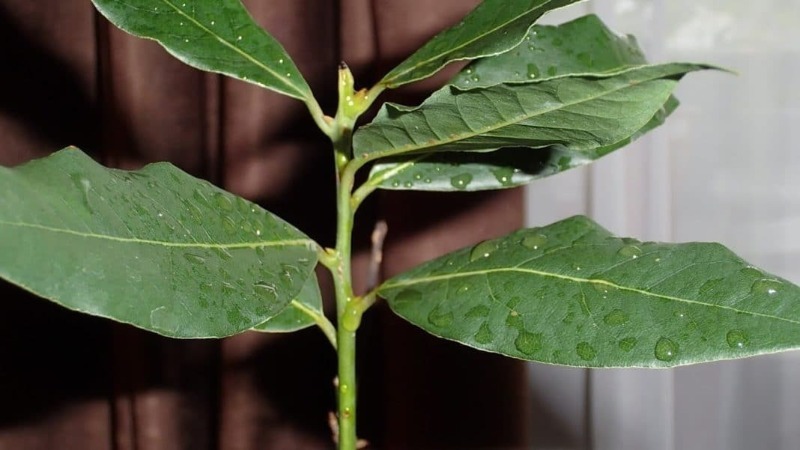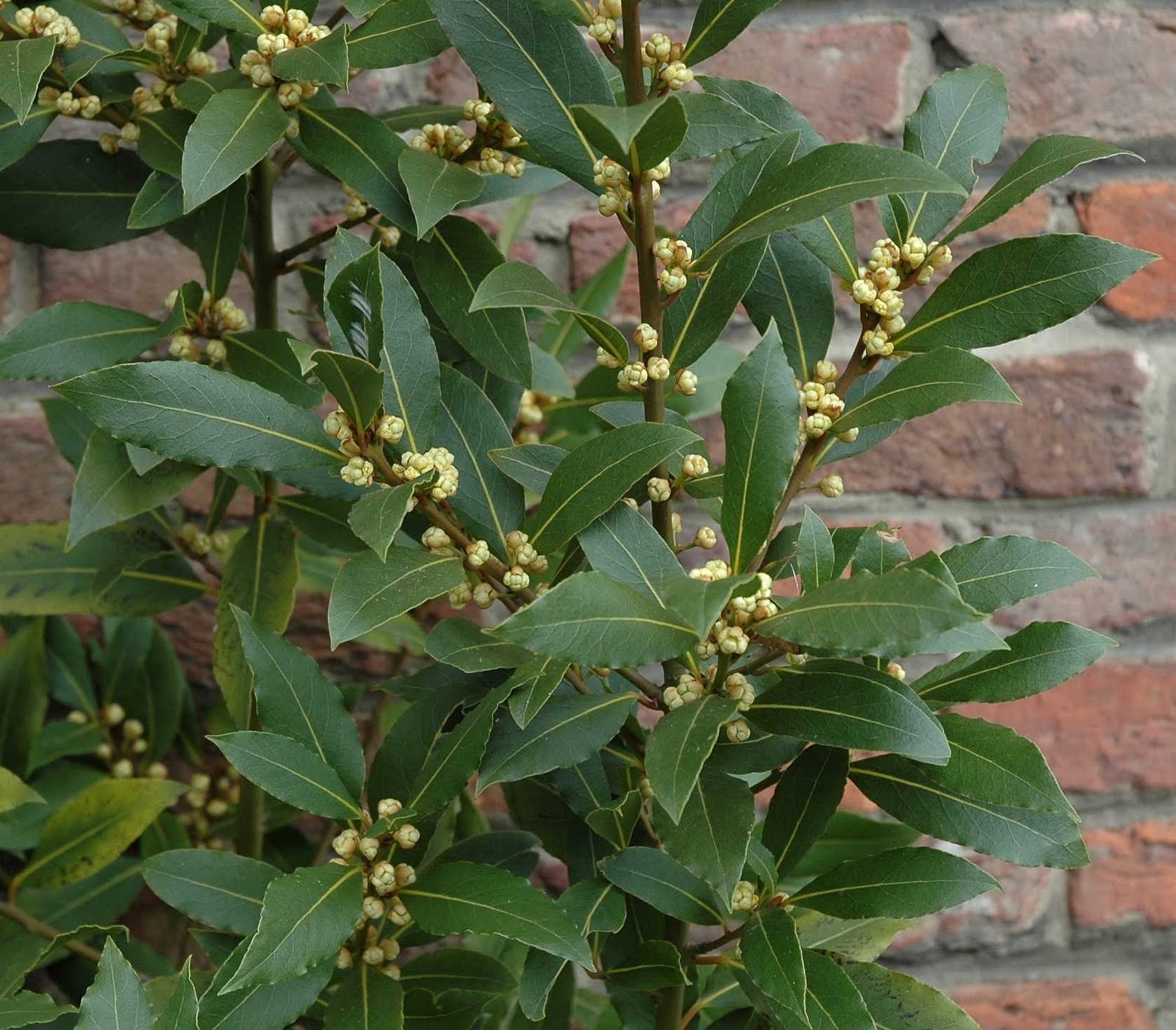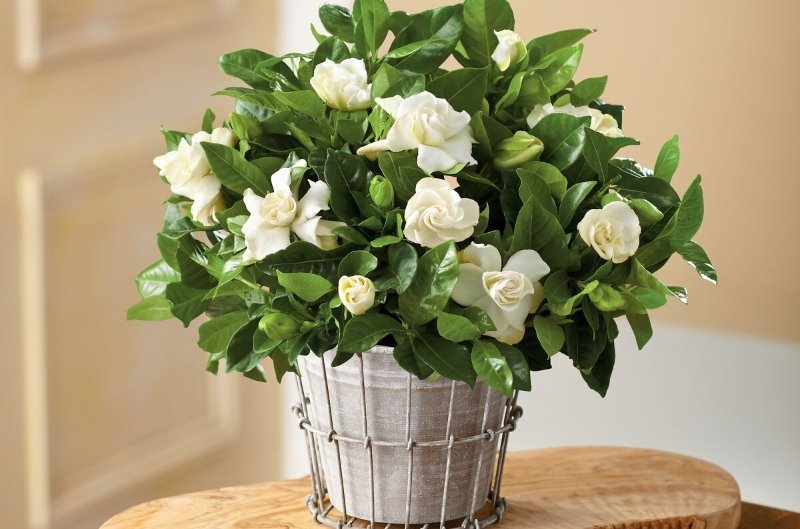Growing laurel at home does not cause difficulties even for novice growers. The planting is unpretentious in maintenance and does not require the creation of special conditions.

Seed preparation
Growing a laurel tree from seeds is a long and laborious way. For planting, fresh planting material purchased from a specialized store or collected by yourself is suitable. Laurel seeds remain viable throughout the year, so when buying, you need to pay attention to the packaging date.
The optimal time for germination is February and March. Before planting, a mandatory preliminary preparation is carried out, which includes scarification, that is, the destruction of the hard shell of the seed, which interferes with the germination of the shoot. To do this, the scales covering the peas are removed manually, and they can also be carefully scratched with a knife or rubbed with sandpaper.
Then the seeds are soaked in warm water, a pale pink solution of potassium permanganate or a growth biostimulator. After a day, the swollen peas are planted in small pots or plastic cups filled with wet sand and covered with plastic wrap to create a greenhouse effect. The containers are placed in a warm, bright place, periodically opening for ventilation. Watering is carried out as the top layer of the soil dries up.
After 3-4 weeks, the first shoots appear. The film is then removed. As soon as 2-3 true leaves are formed on young plants, the laurel is transplanted to a permanent place. You can use a potting soil with a high sand content.
Propagation from cuttings
For growing laurel by cuttings, semi-lignified annual branches are used. Cuttings are harvested from mid-spring to early summer.
To do this, young shoots are cut from the bottom or middle of the tree. Each branch is cut into 6-8 cm lengths, making an oblique cut at the bottom at an angle of 30 degrees. Each stalk should have two internodes and 2-3 leaves. Before planting, the leaves along all the length of the shoot are removed, and the upper ones are shortened by 2/3 of the length. This technique will prevent moisture evaporation from the surface of the leaves.
Rooting is carried out in coarse sand, a mixture of peat and sand, or sod land. The soil is placed in small containers with drainage holes and thoroughly moistened.
Before planting, the lower cut of the appendix is treated with a growth stimulator and planted to a depth of 1.5-2 cm, slightly pressing with your fingers. The plantings are covered with plastic wrap or glass jars. The optimum rooting temperature is 22-25 ° C. In a cool room, roots will develop very slowly. Cuttings should be opened daily for ventilation and sprayed with warm water from a spray bottle.
Transfer
Dividing a bush is the easiest way to breed laurel. It is usually carried out from mid-autumn to early spring, when the plant is dormant.
The first transplant is carried out after 3-5 years of active growth. During this time, the plant will form the ground part and the root system will develop. 2-3 shoots with well-developed roots are separated from the bush.
For planting, use pots made of plastic or ceramic with large drainage holes, which will not allow excess moisture to stagnate and prevent root rot.
Laurel is planted in a universal soil mixture or prepared independently from equal parts of leaf and sod land, coarse sand, perlite and humus.
First harvest
For laurel, diffused lighting is required. It can grow in the shade, but lack of light slows down growth. In order for the bush to develop evenly, the pot is constantly turned.
Laurel prefers moist air and needs periodic spraying. You can put a container of water next to it to maintain the humidity level. Do not place the plant near heating appliances. An ideal place for laurel is considered a room with a temperature of 18-22 degrees or a warm loggia.
It belongs to drought-resistant crops and easily tolerates a lack of moisture. Watering is carried out as the top soil layer dries up. Strong waterlogging of the soil should not be allowed, which can cause the development of fungus and decay of the root system.
During the period of active growth, the use of dressings is mandatory. For this, a complex mineral fertilizer is used, which is applied once every 10-14 days after watering.
The collection of bay leaves is carried out in November-December. During this period, they contain the greatest amount of essential oils. They are washed and dried. The shelf life is 10-12 months. After that, the seasoning may acquire an unpleasant bitter taste.


